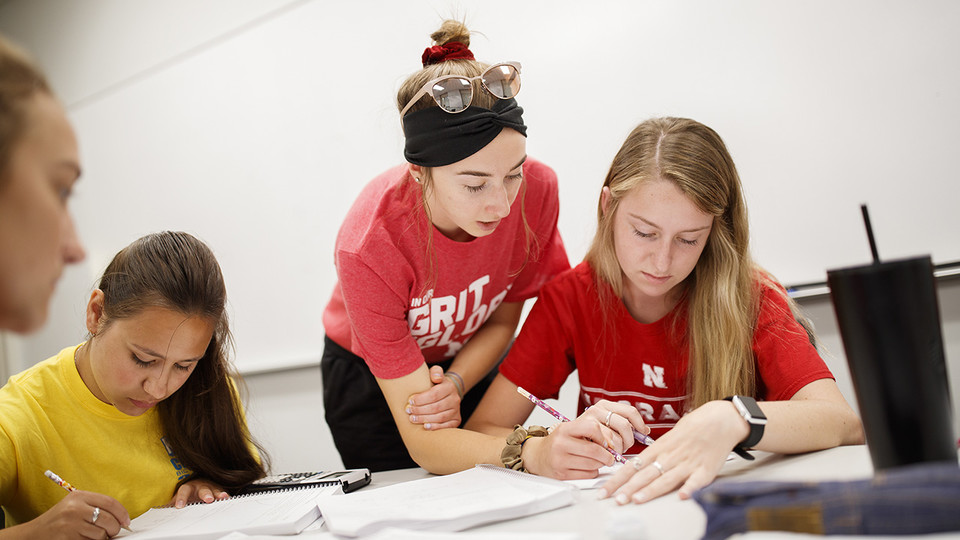
The 2019-20 freshman class at the University of Nebraska-Lincoln is the most racially diverse and academically talented in UNL’s 150-year history. It also features more students from Nebraska.
According to the annual census taken on the sixth day of classes, 18.3% of this year’s 4,775 first-time freshmen are students of color. The number increased by more than 7% compared to last year and broke last year’s record of 17% students of color among first-time freshmen.
The state’s flagship, land-grant institution also increased the number of Nebraskans in its freshman class by 0.6% compared to 2018-19. It also increased its number of first-time transfer students from Nebraska by 7 percent.
The 2019-20 freshmen also have an average ACT score of 25.5, the highest in university history.
Undergraduate students from states outside Nebraska increased by 3.3%, or 129 students, reflecting UNL’s higher profile and growing reputation in Big Ten markets as well as its efforts to recruit in key areas outside the state.
“I am especially pleased to see an increased number of freshmen students from Nebraska,” said Chancellor Ronnie Green. “It’s a reflection of our commitment to this state for 150 years and the access we provide to a high quality education. It’s also good to see more students outside Nebraska choosing UNL as their home. When these students graduate, the majority will choose to live and work in our great state. We welcome all of our new Huskers.”
New students enrolling in UNL graduate programs increased, resulting in part from expanded programs developed by the College of Business and the College of Journalism and Mass Communication to offer more flexible options to complete a degree. By offering online, in-person and blended delivery options, UNL is responding to work force needs and providing more higher education options to adult learners in Nebraska and beyond.
Nebraska Law saw a 5.1 percent increase in students entering its first-year class. Applications for Nebraska Law, repeatedly recognized as a best value law school in the United States, jumped by 27.8%, including a 43% increase in out-of-state applicants. Both its median Law School Admissions Test scores and its median grade point average increased.
However, after graduating nearly 11,250 students during the past two years in back-to-back record-size graduating classes, UNL’s overall enrollment declined by 488 students, or just under 2%. Total enrollment is at 25,332 students and remains nearly 3% higher than in 2010.
UNL also saw a 9.2% decline in its number of international students, which accounted for more than half of its reduction in enrollment.
“The total number of international students studying in the United States has declined the last few years and UNL is not immune to this trend,” said Amber Williams, assistant vice chancellor for enrollment management. “We remain committed to international enrollment and are considering new ways to engage students from other countries. “
Enrollment from China alone decreased by 19.7%, or 233 students, although significant declines also came from Malaysia, Oman, Saudi Arabia and Iran. More than 2,500 international students attend the university, from countries such as China, Vietnam, India and Rwanda, along with several Middle Eastern nations. International students comprise 10% of UNL’s enrollment.
Several of UNL’s colleges and programs saw increased enrollment.
They include:
- Agricultural Sciences and Natural Resources: 2% increase in undergraduate students
- Arts and Sciences: 0.3% increase in graduate students
- Architecture: 0.8% increase in undergraduates
- Business: 2.4% increase in graduate students
- Journalism and Mass Communications: 2% increase in undergraduates and 33.3% increase in graduate students
- Law: 0.8 percent increase in students